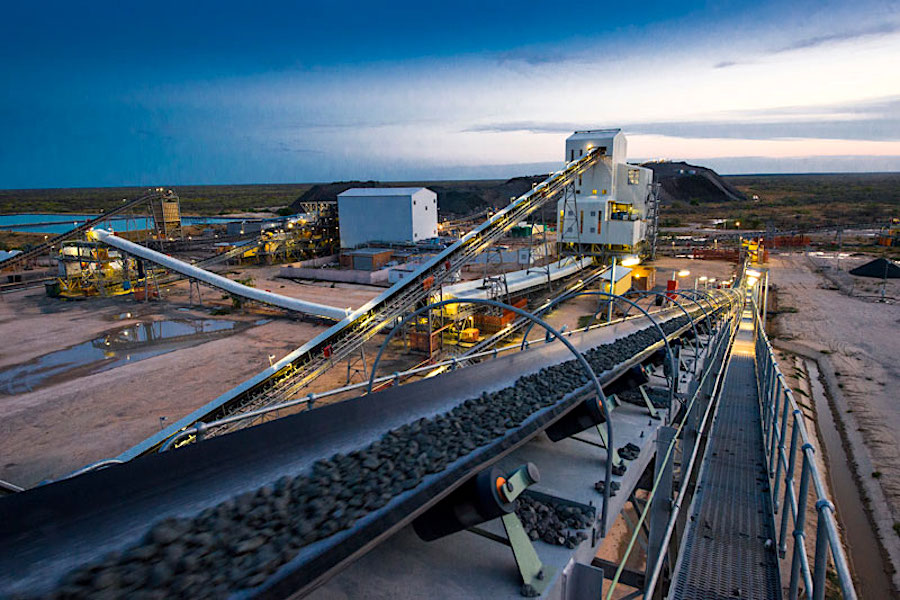
Canada’s Lucara Diamond (TSX:LUC), the company that hit the jackpot in 2015 after finding the world’s second-largest diamond, has warned shareholders that low stocks of equipment available in the second quarter at one of its mining contractors, could see full year production guidance drop as much as 14.5%.
The Vancouver-based miner now expects to generate between 265,000 carats and 285,000 carats, compared with the previously targeted 290,000 carats to 310,000 carats, as the lack of needed equipment at supplier Aveng Moolmans resulted in lower mined ore volumes during the three months ended June 30.
Lack of equipment availability in the second quarter could see full year production as much as 14.5% lower than guided, warned Lucara.
Processed volumes, however, remained in line with earlier forecasts as ex-pit ore feed was replaced with south lobe stockpile material from the company’s flagship Karowe diamond mine in Botswana.
Despite production issues, the company paid the promised dividend of 2.5 Canadian cents per share to investors.
“We have worked with our new mine contractor to improve performance during Q2 and Q3, and our mining department is now achieving our productivity targets,” said chief executive William Lamb in a statement.
“Our focus on the process plant is to complete the capital projects, further enhancing diamond recovery by the end of Q3 this year,” said Lamb. “This will place the Karowe mine in an even stronger position to maximize value from the recovery and sale of diamonds from the high value south lobe,” he noted.
The company added it has hired Dutch engineering consultancy Royal Haskoning to lead a study into the potential of developing an underground mine at Karowe. Lucara expects to complete a preliminary economic assessment for the project before year-end, which will be followed by a prefeasibility study in the first half of 2018.
The company’s Karowe mine has quickly gained an industry reputation for producing large, flawless diamonds, fetching market prices high above the average realized for those found at Orapa mine, the world’s largest diamond mine, owned by Debswana, a partnership between De Beers and the government of Botswana.
The African nation is currently the world’s largest diamonds producer and the trade has transformed it into a middle-income nation.

The now historic 1,109-carat “Lesedi La Rona,” which means “our light” in the Tswana language spoken in Botswana. (Image courtesy of Lucara Diamond.)